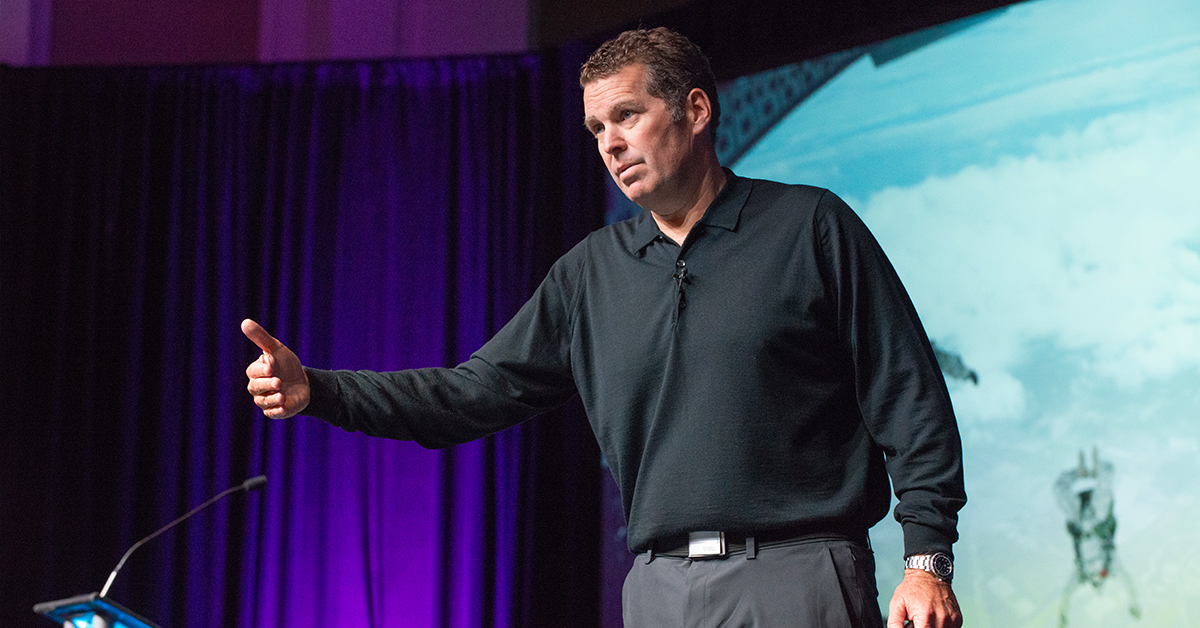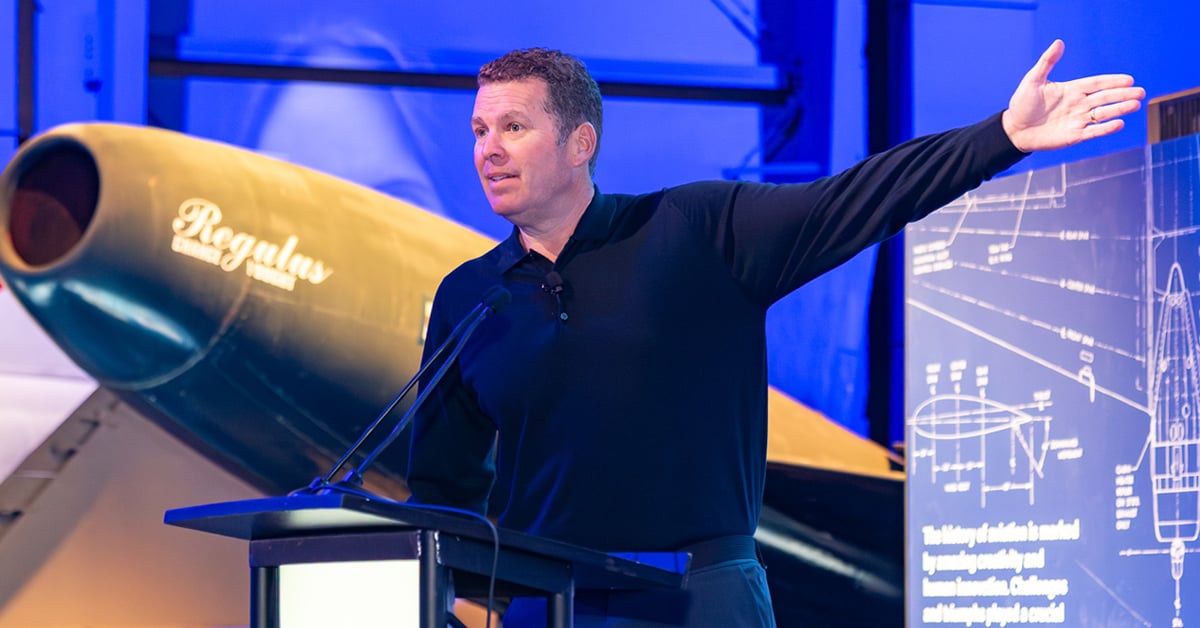When I’m not giving keynote speeches, I work with a select number of what I call “CXO’ers”. These are people that are either current C-level leaders or soon-to-be ones. The common theme I find with ALL of them is leadership. They want to know how to be better leaders, or they worry they aren’t leading “enough, ” or they think they aren’t the leader they “should” be. Some of them even think they can’t be a leader because of some personality test they’ve taken or worse because others told them throughout their lives they’ll “never” be a leader. Yet here they are, either in the corner office and being considered for it, and still, these demons of doubt persist. And it’s totally understandable why they feel that way (I certainly have) because leading is lonely. The fact is, those who seek my help are actually good leaders seeking to be great ones. They are the ones open enough for input; willing to try new things; eager to keep learning. They get that leading isn’t a destination, it’s a journey of a continual spiraling loop upward (or downward if you’re not careful) of improvement. Which is why I want to share with you my highest level thoughts on one of the first questions I ask my clients when they tell me “I’m not a very good leader.” I ask them, “What do you think leaders do?”
I ask them: “What do you think LEADERS do?”
After some dancing around the topic many will respond with phrases such as “they inspire,” “they do the right things,” or “they succeed where others haven’t.” All fair comments and certainly partially true, but there’s a lot more to it than summing up what LEADERS do in a few phrases. For starters, I have seen enough leadership in my life to know that LEADERS come in all shapes, sizes, genders, and personalities. They can (and are) BUILT – the best ones are built through TRYING (and failing again and again – but still trying), while some of the worst ones think they were born a leader. Leadership is about being your authentic self; someone that others can trust because you’re no different at work than you are at home. Leadership isn’t something you turn on or off, and shouldn’t force you to pretend to be someone you’re not. Leadership doesn’t start when you have people that work for you; it starts with you leading yourself – you are your own first client. So by the time you are charged with the responsibility of leading others, you recognize that NO ONE works FOR you, they work WITH you. And the list goes on, because leading is difficult, it is personal and it can get very lonely. With that in mind, I am sharing a summary of my responses to the question: “What do you think LEADERS do?” I like to use acronyms to help my brain catalog the points (I don’t speak using notes, and I find this technique of acronyms extremely useful when speaking) – see if you can figure out my acronym…
What do you think LEADERS do?
My answer:
L – listen and learn:
LEADERS listen with the intent to first understand and then respond – not the other way around. They never miss an opportunity to learn something new; they are continually asking themselves when they meet someone “what can I learn from this person?” This question makes them engaging and active listeners – it leaves people feeling like they are the only person in the room.
E – execute and educate:
LEADERS are judged on one thing and one thing only: execution – attaining the objective, hitting the number, completing the mission, etc. Whatever your goal, the job of LEADERS is getting things done with other people. Make no mistake, you can be the “nicest” person in the room but if your teams don’t perform then you aren’t performing – and that’s not good. All the soft arts of leadership are focused on the hard facts of what you need to achieve. Everything you do should be educating people on the “what,” “how” and “why” of achieving the goal at hand.
A – articulate and anticipate:
All great LEADERS articulate with clarity, context, and candor. They may do it in different ways, but they are good communicators, and they know that communication isn’t just what they say, in fact, the most important communication is what they do. From their body language to their daily actions, the consistency of their communication is a cornerstone to building trust within their organizations. Consistent communication is important because “change is a law of life” (JFK) and one of the key tasks of LEADERS is looking around the proverbial corner. Whether it’s making sure your troops have enough food and water or your product line is adapting to consumer trends, LEADERS must have a focus on anticipating not just customers’ needs but also their teams’ needs. You won’t always nail the needs of your constituents, and that’s okay because part of anticipating is adapting. There are very few things in life we can control including that perfect plan you and your team made. LEADERS can’t anticipate everything, you do your best, and you get even better at adapting when things occur that you didn’t anticipate. And when the inevitable happens, you’ll never miss an opportunity to articulate (appreciate) the efforts of others in responding to an unexpected need or doing the extraordinary to meet the team’s need.
D – delegate and direct:
Many folks feel overwhelmed when they receive increased leadership responsibility, and that usually comes from thinking they have to do all the work themselves. Great LEADERS seek opportunities to delegate – not abdicate – tasks; and they do so with an eye toward helping those improve themselves. They ask the question “who will benefit most from this task (i.e., learn)?” The common misperception is that once a task is delegated, it’s off your “plate.” Not true, it’s your role to provide direction and assistance to ensure this task gets completed. Delegation and direction done correctly build trust, respect, and empowerment.
E – empathize and evangelize:
The first step in leading is building trust, without it, you’re just a manager using your position of authority as a “stick” for getting the job done. When it comes to building trust, leaders must be able to connect with people – all kinds of people – and empathy is one of the most powerful ways to do it whether it’s one-on-one or one-to-many. Evangelizing is the other element that goes hand in hand with empathy; it’s connecting not just with the person but the person with the purpose. Sure, it can be helpful to give a rousing speech like the one in the movie “Patton” to evangelize your message, but it’s not always necessary. The key ingredient is being authentic and giving people a reason to believe. If you’re not connecting the purpose with the context of what the task is then you’re just giving a pep talk, and those don’t last – but remain consistent on connecting with people and the purpose, and you’ll find success with others.
R – remain and require:
We live in an ever-changing and increasingly connected world where change isn’t just constant it’s constantly accelerating. LEADERS know this and know that remaining consistent for their teammates has a powerful effect on their mindset of tackling and adapting to change. Your actions and how you communicate (both verbally and non-verbally) are powerful influencers on your team’s collective attitude – Stay calm and REMAIN consistent. Part of your consistency is your steadfast focus on requiring an environment of mutual respect. Mutual respect fosters contribution from all tiers within your team, not just those in senior positions. LEADERS are vigilant of those who seek to disrespect others and respond quickly to either remove, replace or reposition the person who isn’t getting the importance of mutual respect.
S – Serve: LEADERS serve.
They serve their customers, co-workers, contributors (vendors/suppliers) and communities. Leading is about serving and serving is about caring about all four constituents you serve. It does not matter what kind of organization you lead – leading always comes down to getting others to work WITH you to get something done. The role of LEADERS is to build an environment where you have your teammates “back.” Help them mentally, emotionally, physically and financially, and you’ll find they’ll rise to the challenge and do more than they originally thought possible. And that happens when you’ve created a care-based environment that pushes people to realize their potential. To lead is to serve and to serve is to care.
If you haven’t figured it out by now, my acronym for keeping this summary memorable is LEADERS. This is just a starting point, for leading is a journey of never-ending improvement between internally dealing with your ego and doubt while externally learning to build trust, respect, and empowerment toward achieving things much greater than any one individual could accomplish alone. Now more than ever before, we need LEADERS to step up to lead. Trust me, there’s a leader in each of us – you just have to have the courage to try. What do you think LEADERS do? You CAN DO IT.
I believe in you,
Alden
This post was originally published on LinkedIn.





